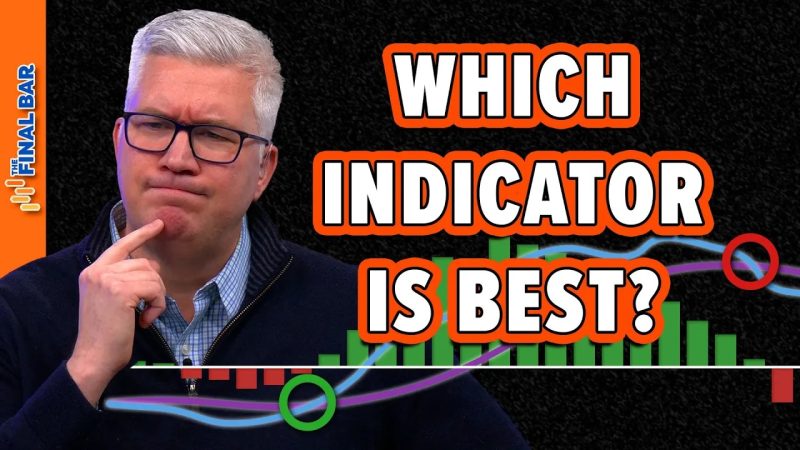In the realm of technical analysis, various indicators play a crucial role in helping traders make informed decisions regarding their investments. Three popular indicators that are often used to analyze and predict stock price movements are the Moving Average Convergence Divergence (MACD), Percentage Price Oscillator (PPO), and Price Momentum Oscillator (PMO). While each of these indicators has its own unique features and benefits, understanding the differences between them can significantly enhance a trader’s ability to interpret market signals effectively.
Moving Average Convergence Divergence (MACD) is a trend-following momentum indicator that shows the relationship between two moving averages of a security’s price. By calculating the difference between the 26-day and 12-day exponential moving averages (EMA), the MACD line is formed. Additionally, the signal line, which is a 9-day EMA of the MACD line, provides buy and sell signals based on crossovers with the MACD line. Traders often use these crossovers to identify potential entry and exit points in the market.
On the other hand, the Percentage Price Oscillator (PPO) is a technical momentum indicator that measures the difference between two moving averages as a percentage of the longer-term moving average. Similar to the MACD, the PPO helps traders assess the momentum of a stock by comparing short-term and long-term price trends. However, the percentage calculation in PPO provides a normalized view of price movements, making it useful for comparing multiple securities with varying price ranges.
Lastly, the Price Momentum Oscillator (PMO) is a momentum oscillator that uses exponential moving averages to measure the rate of change in a security’s price. Unlike the MACD and PPO, the PMO does not use signal lines or crossovers but rather presents buy and sell signals based on the direction of the oscillator line. The PMO provides a clear indication of the strength and direction of price momentum, allowing traders to gauge the potential for future price movements.
In comparing these three indicators, it is essential to consider their unique characteristics and how they can complement each other in technical analysis. While the MACD offers clear buy and sell signals through its signal line crossovers, the PPO provides a percentage-based view of price movements, enabling comparisons across different securities. On the other hand, the PMO focuses on price momentum without the need for signal lines, offering a straightforward assessment of price strength.
Ultimately, traders can benefit from incorporating a combination of these indicators in their analysis to gain a comprehensive understanding of market trends and potential trading opportunities. By recognizing the strengths and weaknesses of each indicator, traders can enhance their decision-making process and improve their overall trading performance in the complex world of financial markets.
